The trailer for Follow the Light promised crop circles, UFOs, and school kids fighting like Lord of the Flies. If you go into this movie expecting the paranormal, you’ll be pretty disappointed, as this 2021 effort by Yoichi Narita is both significantly less and far more than all of that.
Young Akira is so depressed he imagines a great disaster from the sky destroying the Earth so he won’t have to go to school. (Haven’t we all at some point?) After his parents get divorced, Akira and his dad, Ryota, move from Tokyo to Ryota’s small countryside hometown. There, Akira struggles to connect with his classmates, but eventually befriends Shota, another loner.
One day, people across town spot a UFO surrounded by green light. Shota and Akira follow the light to a rice field owned by Hideo, an elderly farmer. The boys are astounded to discover two things: a crop circle and, lying within it, their ex-classmate Maki, who demands that the boys keep the crop circle a secret. Akira finds himself fascinated with Maki, whom he has often spotted standing on her rooftop, staring at the sky in wonder. Maki has long stopped attending school, and Shota says she has a reputation for being wild and weird.
Maki wants the UFO to return, and she and Akira pray both in the crop circle, and at a temple, to summon the aliens back. There’s a strange – but wonderful – juxtaposition watching ancient Japanese Shintoism collide with a modern-day alien mystery.
Maki certainly lives up to her reputation as an almost feral creature, but her wildness comes from her deep connection to nature, evident in her powerful bond with the crop circle in the rice field that she guards so fiercely. Like some budding eco-warrior, she prevents Hideo from harvesting his own rice.
Squaring the Circle
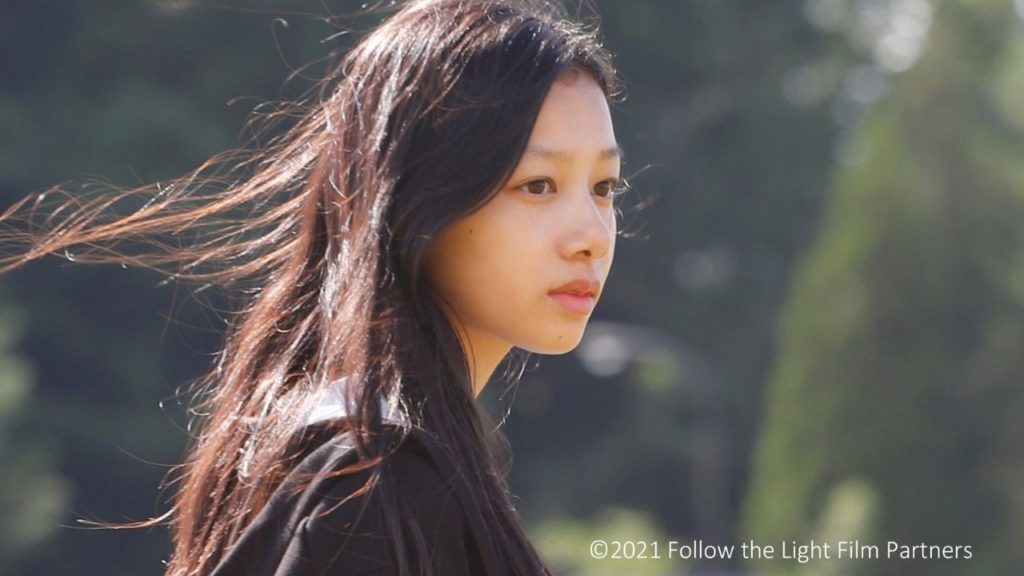
As the UFO sightings continue to cause a stir, Akira’s artistic abilities are noticed by his classmates. He volunteers to sketch the entire class’s portraits for their graduation ceremony. Inspired by the crop circles, he decides to design the class portraits within a circle. He explains that the crop circle he draws is a symbol of the future. But it proves to be more than that.
It’s a marker of belonging within a social circle, something Akira and his dad struggle with. They constantly feel alienated from their town and struggle to belong. The other adults view Ryota with both resentment and suspicion, for he only returned after his career and marriage failed in the big city.
When Akira wants to include Maki’s portrait in the circle, he reaches a critical juncture; the class queen bee, Murakami, finally acknowledges Akira as “one of us,” but declares that Maki will never be. What Akira does with Maki’s portrait will publicly decide his social standing. Will he abandon his friend or risk losing his newfound acceptance by including the class outcast?
Looking Upwards and Outwards
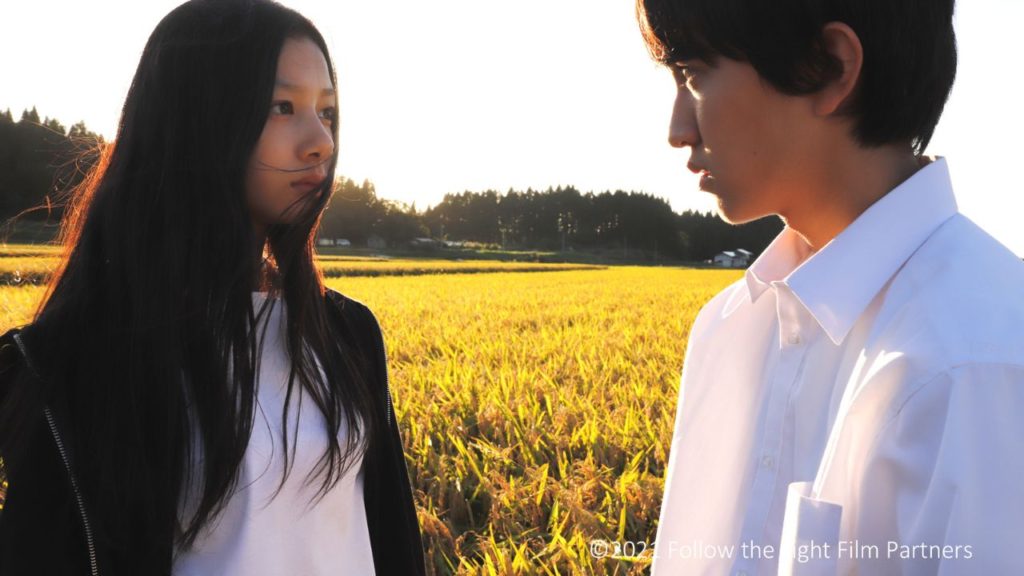
Abandonment and acceptance are twin stars at this film’s heart. People and places are constantly being left behind. Caught by the forces of depopulation raging across Japan, their little town is dying as residents migrate. After the graduation ceremony, Akira’s school is permanently closing. Watching this film, I remembered reading about a school in Japan with only two students. Once both graduate, their school, too, will close forever.
In a painfully moving and cathartic scene, Akira’s classmates express the sorrow of their abandonment. Many of their friends have already left town with their families, and more are following suit. By finally allowing themselves to feel their loneliness and loss, they realize they cannot continue excluding Maki or anyone else.
Once Maki is accepted into her classmate’s social circle, she can heal and let go of the crop circle that has become the centre of her world. She finally allows Hideo to harvest the rice. Watching Akira and Maki playing together in the rice field, Ryota realises contentedly that his lonely son has changed. Hideo reminds him that this is good.
Yoichi Narita’s film is not one that yields its meanings so easily. This is a slow, strange, coming-of-age narrative where the young and old alike are caught and changed irrevocably by forces far beyond their control or understanding. Despite having its head in the sky, Follow the Light provides down-to-earth social commentary that uses extraterrestrial activity to frame the economic and environmental realities faced by residents in rural Japan.

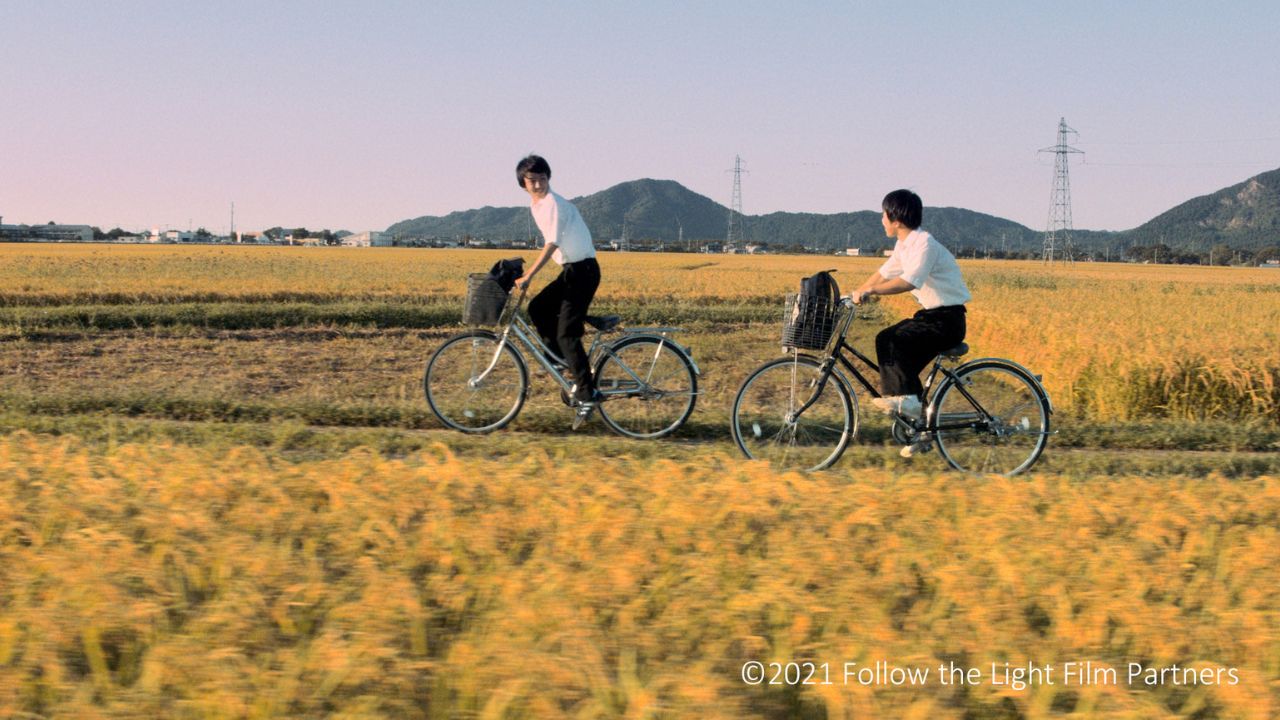


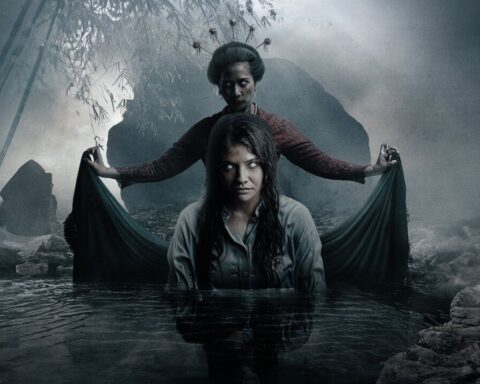
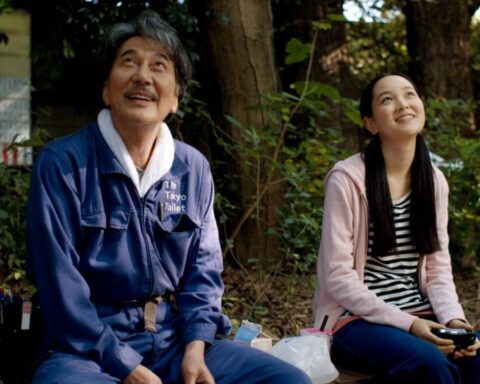

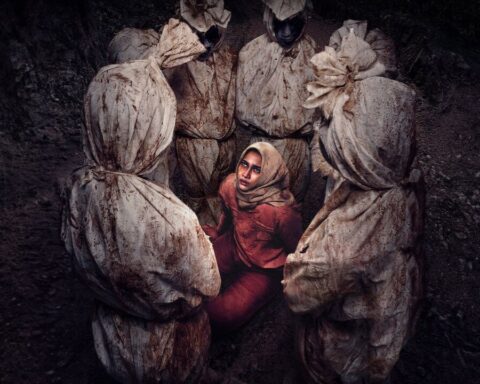
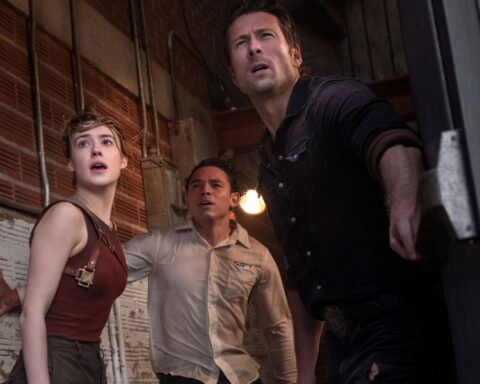
Follow Us